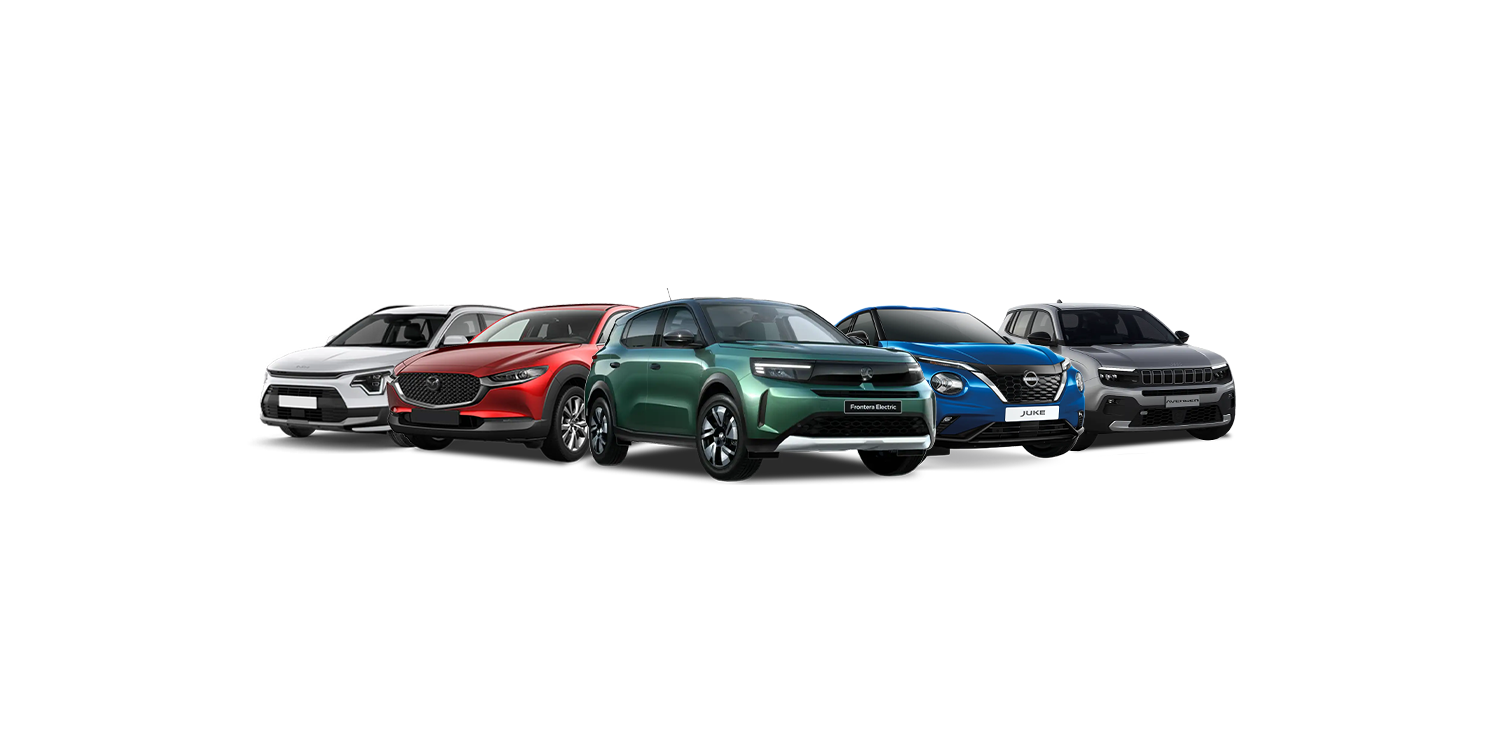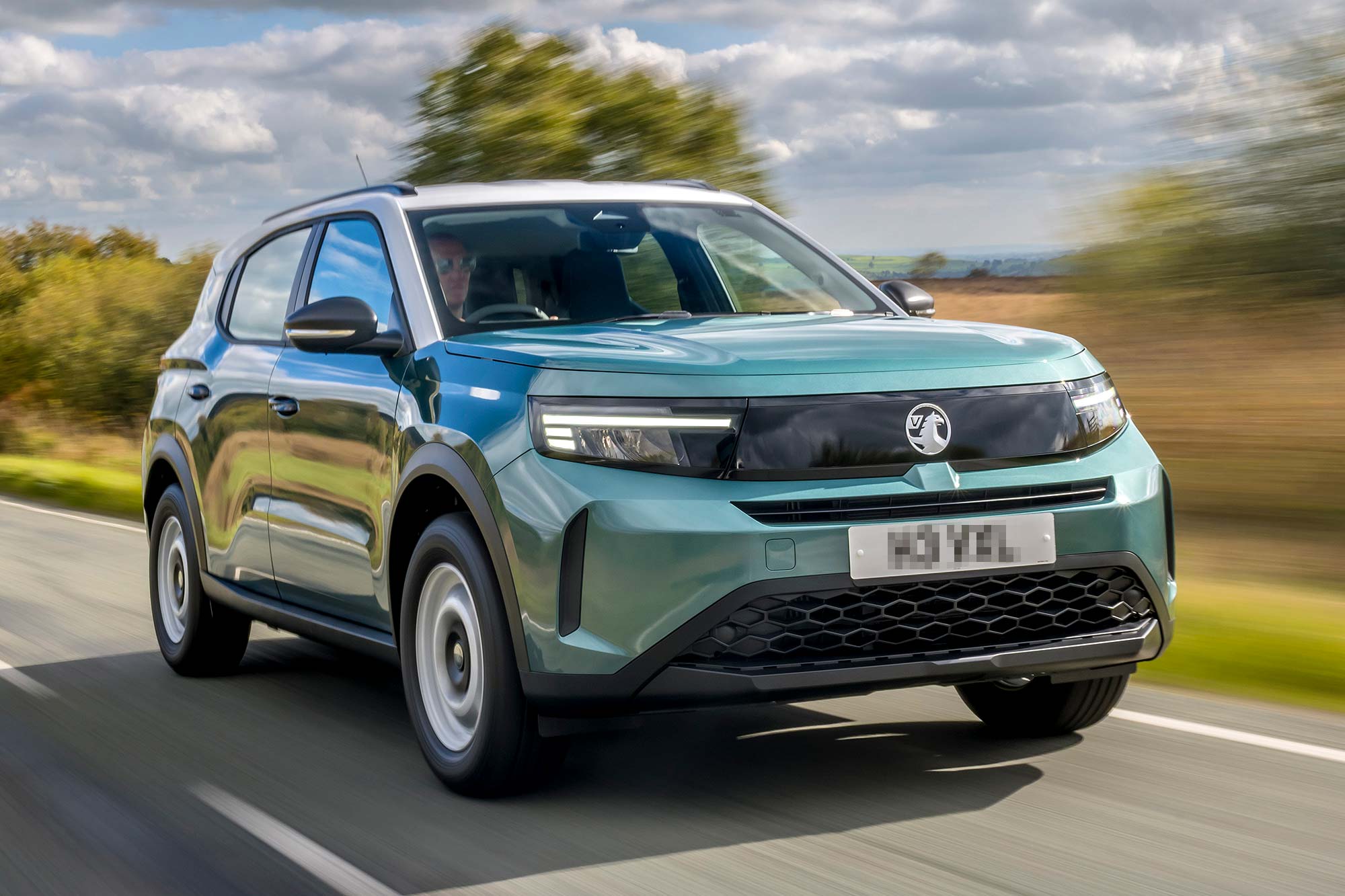If you have ever sat at traffic lights questioning how long it is until the lights turn to green, then you are not alone. It might not even be a case of you wondering when the traffic lights will change; they are sometimes just difficult to see in heavy urban traffic.
This is especially the case if a bus or a lorry in another lane is partially obscuring your view—and, if you have restricted mobility, things can get even more tricky. So, from a safety point of view, and for convenience, car manufacturer, Audi, has decided to develop some technology to help us know when traffic lights will turn green.
Traffic Light Information (TLI)
Audi has kitted out some of its cars with what it calls ‘Traffic Light Information’ (TLI). This traffic light prediction technology enables your car to tell you how long until the light goes green when driving towards connected traffic lights.
But it does have limitations: the lights need to be connected—and so far, only a handful of cities in the United States have them. But the good news is that this Traffic Light Prediction tech could come to the United Kingdom in the future. Audi has indicated that it is just a matter of getting the UK’s infrastructure to work with it. Also, it is likely that the technology will be fitted to other cars in the Volkswagen Group as time goes on, such as cars from SEAT, Skoda and Volkswagen.
How it works
The system is very smart. it uses a wireless connection, using 4G data installed in the car, to receive signal data from traffic-management systems. When the traffic signal shows red, the time left until the light switches to green is displayed on the dashboard of the car.
The benefits
The countdown boosts safety by giving the precise amount of time left before the traffic light changes. This technology is also likely to improve to the point where a vehicle’s engine could start up as soon as they receive the signal that the light is about to go green.
Other benefits delivered by this tech could eventually lead to enhanced navigation and the use of GLOSA (Green Light Optimized Speed Advisory) guidance. GLOSA works out the speed needed to get through as many uninterrupted green traffic lights as possible. This will have a positive environmental impact because the system cuts emissions by preventing unnecessary acceleration in urban traffic. It also decreases stop times. In addition, less red traffic lights will boost your fuel efficiency by reducing the acceleration needed to drive away from a red light.
As these systems and car technology advance hand in hand, they could even tell a vehicle when lights are about to turn red, enabling autonomous cars of the future to ease off the accelerator if the car interprets that it won’t make the traffic light in time. This will reduce traffic jams on congested roadways, making journeys, and driving (or the lack of it), less demanding.
Find your next car
It might still be very early days for traffic light prediction, but in the meantime, if you are interested in joining the Mobility Scheme, check out our range of cars using our car search tool. If you are already a customer, you can find out more about getting your next vehicle and see a month-by-month breakdown of the process leading up to the day of collection.
The Motability Scheme allows you to exchange all or part of your mobility allowance to lease a car, Wheelchair Accessible Vehicle, scooter or powered wheelchair. For more information about joining the Motability Scheme, you can request a free information pack.
Related articles
What is a hybrid car and is it right for you?
Intelligent Valve Actuation (IVA) and the future of car engines
Explained: What are driverless cars?
![]()






